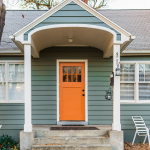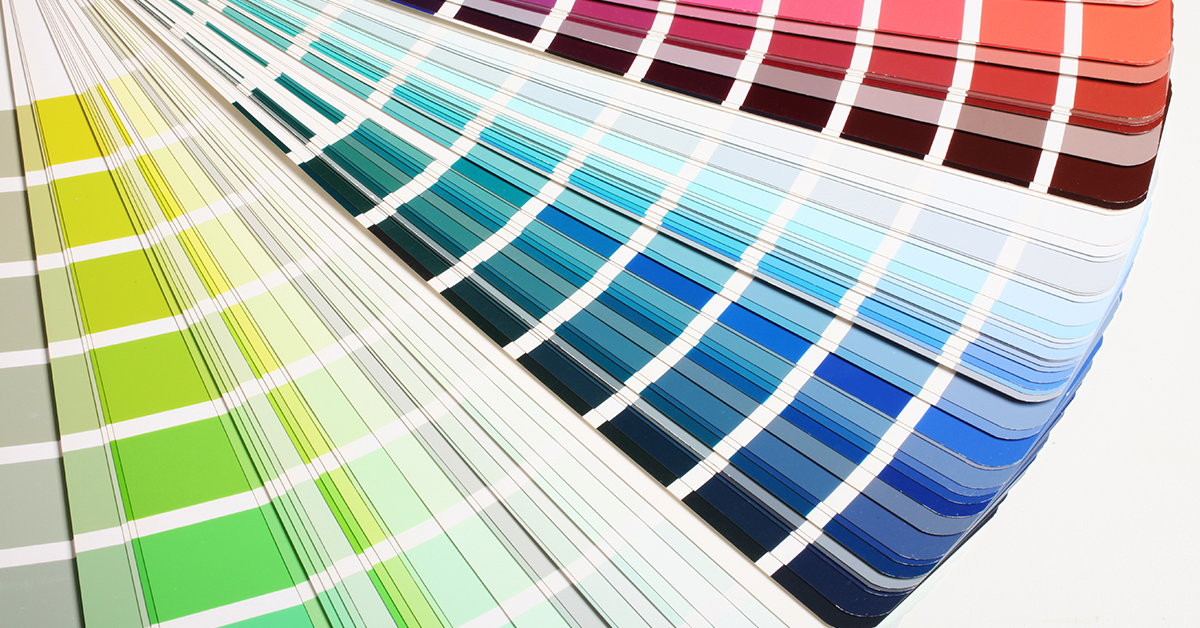 Paint is probably the most obvious and exciting home-improvement task you can tackle. But even with so much to love about painting, choosing paint for interior walls can feel daunting.
Paint is probably the most obvious and exciting home-improvement task you can tackle. But even with so much to love about painting, choosing paint for interior walls can feel daunting.
Choosing the best paint that works well in your home and with your style is important so you can walk away from the paint store knowing exactly which choice is best for your project.
What are Interior Paints?
Interior paints are a great way to add character and personality to a room. You’ll be able to transform spaces with just a few coats of paint for interior walls and easily reposition these accents as your home grows. Interior paints provide a professional look, ease of maintenance, and last longer. The interior wall coating paints are made specifically for use on interior surfaces to avoid smearing, texture mismatch, or shrinkage. The best paint for home walls provides a smooth finish with good coverage.
Different Types of Paint for Interior Walls
Interior walls are usually painted in the same colour scheme as the rest of the house. But, there are quite a few types of wall paint for interior walls that you can choose from for Express painting. Depending on what colour scheme you’re looking for, like bright and bold or soft-toned options – get the best paint for interior walls in India with Berger.
Emulsion Paint
Emulsion paint is water-based paint that possesses a gloss finish without the problems associated with acrylic. It is the best paint for home walls as it dries quickly and remains flexible even when exposed to high temperatures. Emulsion paint is highly durable, long-lasting, and washable. It is resistant to fungus, mildew, and other contaminants that can cause discolouration.
Emulsion paint for interior walls is water-based, resulting in a smooth and even finish over your walls. It has excellent resistance to brittleness and cracking, making it durable enough to withstand harsh weather conditions. The paint also incorporates quality pigments that offer good color transmission.
Emulsion paint is a popular paint for interior walls. Though it can be costly, it offers superior performance over other types of paint and is water-based.
Enamel Paint
Enamel paint is a popular choice for all types of paintings, especially for home decor and walls. It has a glossy finish that makes the wall look elegant. This finish is permanent but does take some time to dry. Solvents are required to clean the brushes.
It is best suited for areas subject to high moisture and humidity. One disadvantage is that enamel paint is less flexible than emulsion paint. It may develop cracks over a while.
Distemper Paint
Distemper paint, also known as cement paint, is a white formula that can cure into a hard finish. It coats surfaces without requiring any priming and has the distinct advantage of working on wet and dry substrates. These paints do not crack in the presence of sunlight. Like all paints, it requires some preparation by sanding the surface before applying it. However, distemper paint has the advantage of being washed with soap and water.
Metallic Paint
Metallic paint is water-based paint with hundreds of different metallic finishes. This type of paint has a metallic finish which imparts a high-look luxurious effect to the space. Metallic paints are great alternatives to wallpaper and give an interior design a high-quality metalized ‘finish’ without the bothersome installation or maintenance.
Metallic paints are available in powder form and can be mixed with water to create an effect similar to a traditional paint finish but on a smaller scale. The particles of metal suspended in the solution create a deep metallic shine.
Textured Paint
Painted walls can be dull, dysfunctional, and unattractive. Textured paint is a great way to add character to your home’s space. Textured paint can impart a rustic look to the accent wall or create the effect of marble, stucco, or other surfaces on your wall — and at an affordable price. Textured is for you if you want realistic coverage in a single coat!
They are thicker than conventional paints and may require some priming before they can be applied. Textured paint differs in price per litre as it is more expensive than standard paint. As well as being water-based, textured paint has a thicker consistency than conventional paints. This makes it easier to apply to uneven surfaces and bumps on walls with minimal risks of losing coverage, making it the best paint for interior walls.
How to Choose the Best Type of Paint for Interior Walls?
Finding the best wall paint for a home’s interior walls is one of the most important decisions you may make regarding interior design. And you must choose the best type of interior house paint colours for painting your home’s interior walls.
Since choosing the best paint for an interior is a big decision, it pays to understand what you’re getting full. The best paint for walls will pay dividends in terms of durability and ease of use, but if you invest time and money in a product, it is better to choose the one that will last longer.
Best Paint Colour Combination Ideas for your Interior Walls
Orange & White
One of the best paint colour combinations that can easily uplift your interiors is orange with white. The beauty and vibrancy of orange, in combination with the aura of pure white, make it a favourite amongst interior designers and decorators. Combining orange with pure white boosts the brightness while adding elegance to your space, creating a cheerful, subtle, and delicately feminine look.
Cream & Aqua
Aqua and cream paint colours are perfect for creating a relaxing mood in your home. They reflect the sea, with aqua drawing people’s attention to the beach while blending well with the dull cream walls. You can choose any colour combination that suits your interior décor and personal preference, as long as it gives you that relaxed ambiance.
Yellow & White
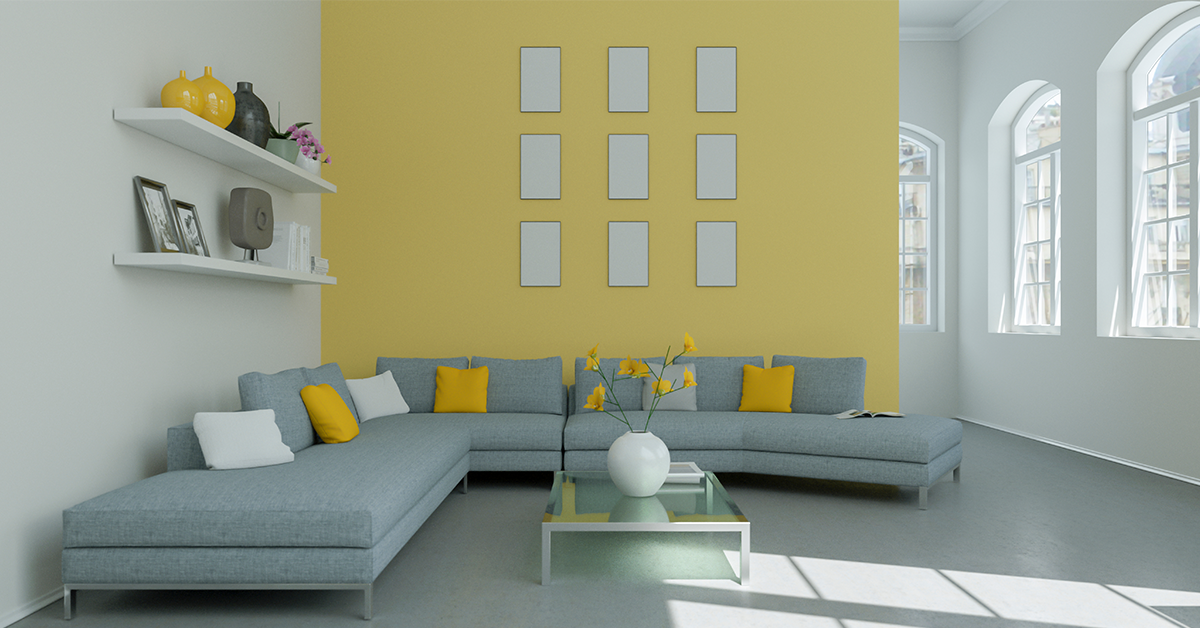
A white wall and yellow paint for your interior wall colour is a real eye-catcher. The combination of white, yellow, and green interior colours creates a feeling of lightness, airiness, and warmth inside the room. It is a perfect colour to add warmth to any home.
White & Green
Having an entire room painted green might not be a good idea, but mixing and matching different shades of green with white would do wonders to your home interior. Green is a popular colour for interior walls in homes. Combining white and green paint schemes can add elegance and style to your home decor.
Blue & White
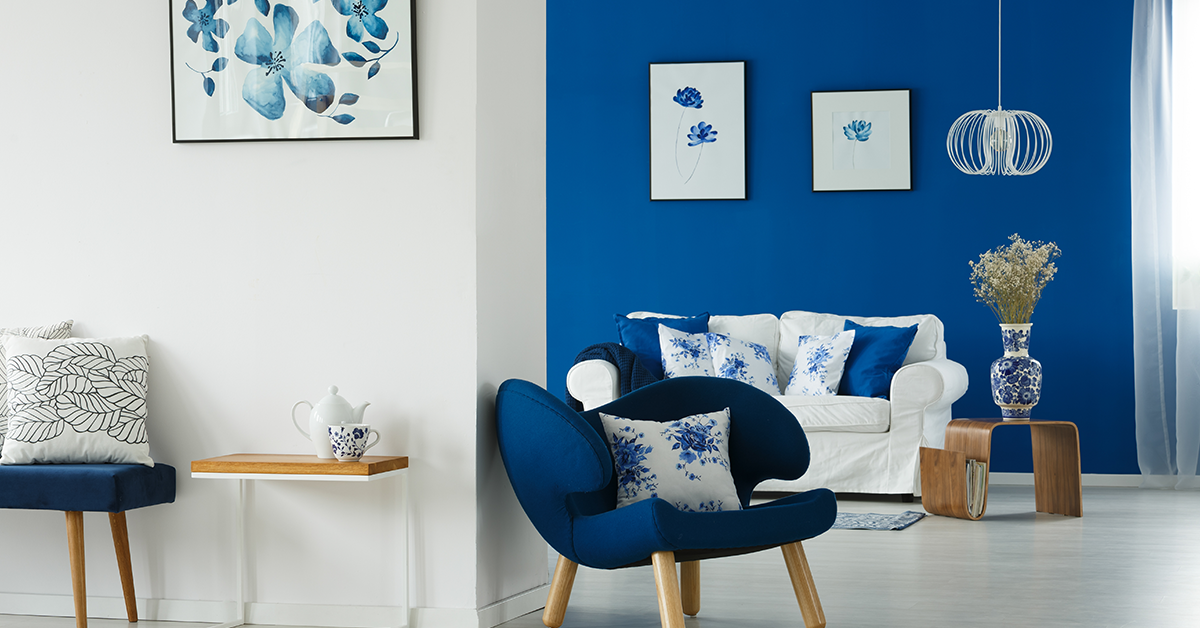
This combination of blue and white is the best wall paint colour to bring a minimalist look to your home. Adding nuance and a sense of space, this colour scheme is perfect for any room in the home. A simple, clean look, this inspiring colour scheme will add personality to your interiors, giving them a fresh, modern style.
Purple & White
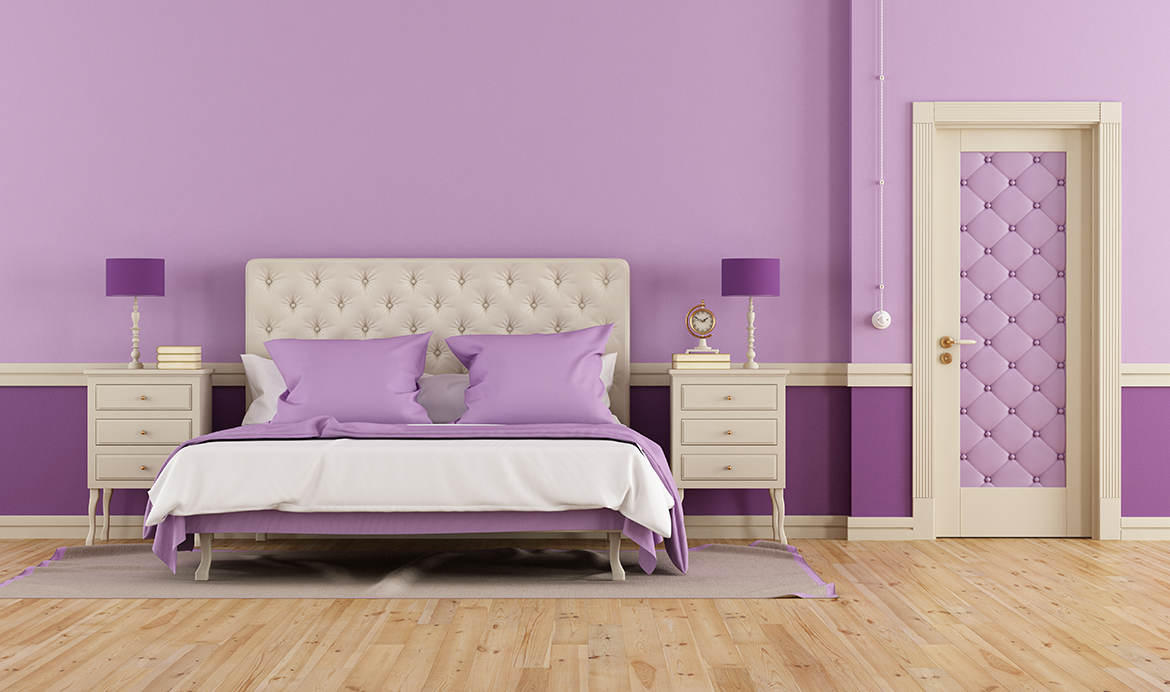
The living rooms are an extension of your home’s personality. A light shade of purple that is neither Lavender nor a dark eggplant shade would be perfect for these white walls. This colour combination can create a sophisticated and beautiful atmosphere in your living room. A purple & white room is a great idea for any modern and stylish home. This best interior paint combination color in your living room gives your space a trendy yet warm look and feel.
Aquarium blue & Grape
The combination of blue and grape is one of the best in interior design. This unique house interior colour creates an engaging and lively mood that transforms dull spaces into colorful, friendly homes with a cheerful vibe. This colour combination surrounds you with fun and vital energy, making you almost jump with excitement!
Try Virtual Painter by Berger Paints
Paint it virtually before putting the brush to your walls with the Berger Virtual Painter tool! Use our ready-made shades to see how a room’s or house’s look will change with colour, or upload any images you have and let Virtual Painter change them! Use the touch of a finger to recreate your image and convey the feel of your space through colours, tones, and strategies!
Conclusion
The best paint for interior walls depends on many factors, such as where the room is located, how much care and maintenance is required, and how much time you want to devote to painting and paint estimation. Using the wrong paint can lead to unwanted results, such as smudging and fading, so clear coats are not recommended in houses. Buying the best paint for home walls is not nearly as complicated as you may imagine. Like any other project, being organized and prepared is the key to making it great. You can hire a professional for interior painting like Berger or opt to paint yourself following our DIY tips.
FAQs
Can the interior paint be applied during the rainy season?
Yes, the interior paint can be applied during the rainy season. You just need to ensure that the humidity level inside your house is not too high and then turn on an air conditioner or dehumidifier to counteract this problem.
Can you use spray paint with stencils for interior wall painting?
Using spray paint with stencils is possible, but you will need to put a layer of primer on the wall first before applying the stencil. Be sure to allow adequate drying time before painting over your stenciled area or going through the wall.
How long does interior paint last on the wall?
Interior paint has a lifespan of between seven and ten years compared to the average of seven years for exterior paint. Its lifespan is considerably longer when exposed to UV light, temperature fluctuations, humidity, and ozone. Interior paint may need to be redone more frequently than exterior because those factors can cause it to fade quicker. Avoid letting objects made of wood or metal touch the wall where you are applying your new paint. They may damage your painted surface over time.
How many times can you paint an interior wall?
You can paint an interior wall many times. The key is ensuring your finish goes on well and stays smooth. Interior walls can be painted more than once. Interior walls are made of plaster or drywall, covered by a paintable substance, such as a primer or paint. For the best results, your interior walls should be repainted every 3-5 years.
What is the best temperature to paint interior walls?
The heat helps paint adhere to the surface. A room should be between 50 and 70 degrees for the paint to be able to adhere to the walls and substrate.
How to prepare a room for interior painting?
A room for interior painting should be prepared properly to ensure the painting process goes smoothly and your home isn’t damaged. Cleaning off the dust from walls, emptying the room, shifting furniture, and covering the floors are some ways to prepare a room for painting.

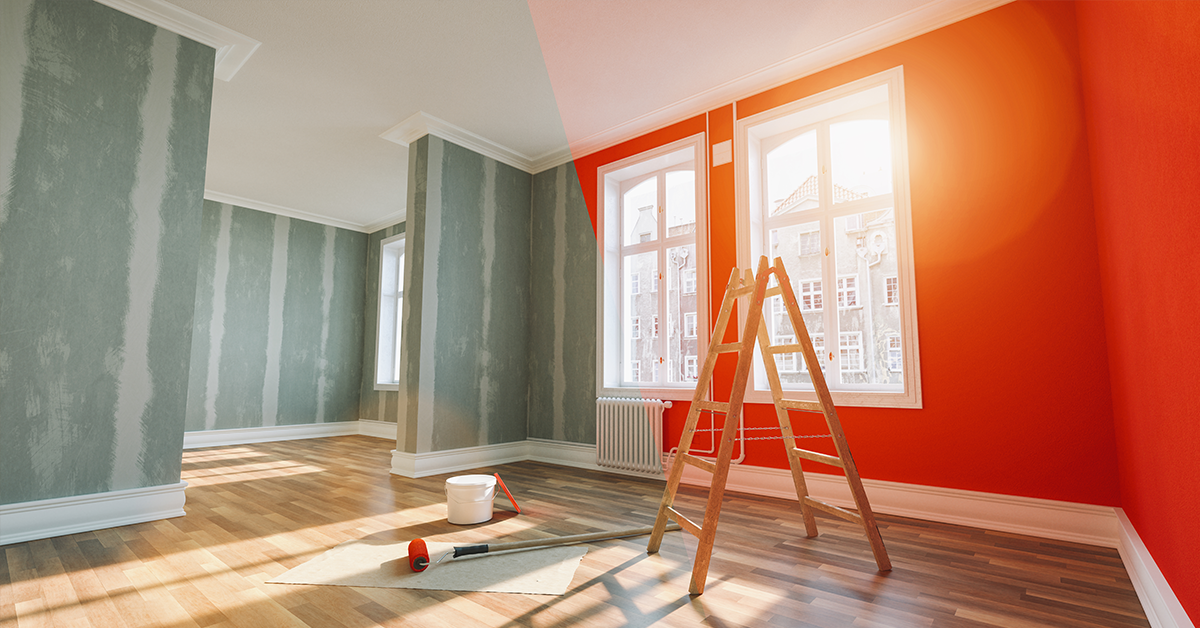
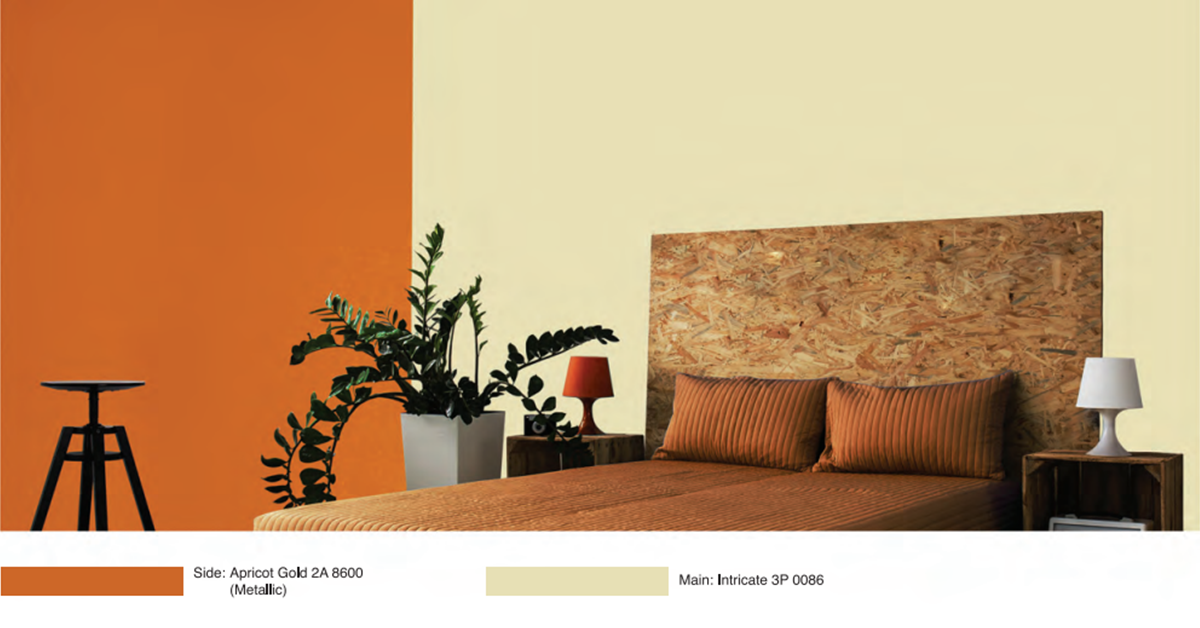

 Get in Touch
Get in Touch